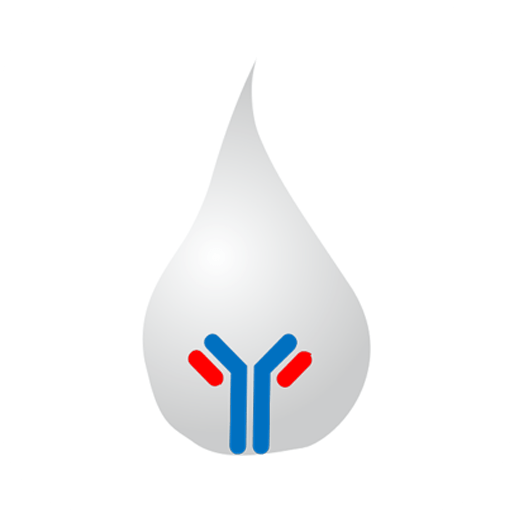Description
| CATALOG # | OttoBC132 |
| PRODUCT NAME | Bilirubin Total Assay Kit |
| APPLICATIONS | Fully automated analyzer, Spectrophotometer |
| REACTIVITY | Universal |
| SAMPLES TYPE | Serum, Plasma (Edta or Heparin) |
| Content | Explanation | Shelf life |
| Reagent-1 | 1x30ml | 6 months |
| Reagent-2 | 1x8ml | 6 months |
| Calibrator | 1×0.5ml | 6 months |
| Q.Control | 1×0.5ml | 6 months |
1. Jendrassik L et al. Biochem Z 1938 ;297 :81.
2. Malloy HT, Evelyn KA. J Biol Chem 1937;119:481.
3. Richterin R. Klinische Chemie, 3. Auflage Basel: Karger Verlag, 1971:450-
4. Schellong G, Wende U. Technik für die Eichung von Methoden zur
Serumbilirubin-Bestimmung. Klin Wschr 1960;38:703.
5. Schmidt E, Schmidt FW. Diagnostik des Ikterus. Dt med Wschr 1984;109:139- 144
6. Sherlock S. Liver Disease. London: Chuchill, 1951:204.
7. Silbernagel S, Despopoulus A. Physiologie für die Praxis, Medical 1983; 4 ;492 – 495
8. Stiehl A. Hyperbilirubinämie bei Lebererkrankungen. Fortschr Med 1982;100:842-845
9. Thaler H. Bilirubin: Ein Wegwerfprodukt bleibt weiter aktuell. Dt. med Wschr 1984; 109:283 – 284
10. Thomas L. Labor und Diagnose, Marburg: Med Verlagsges, 1984.
